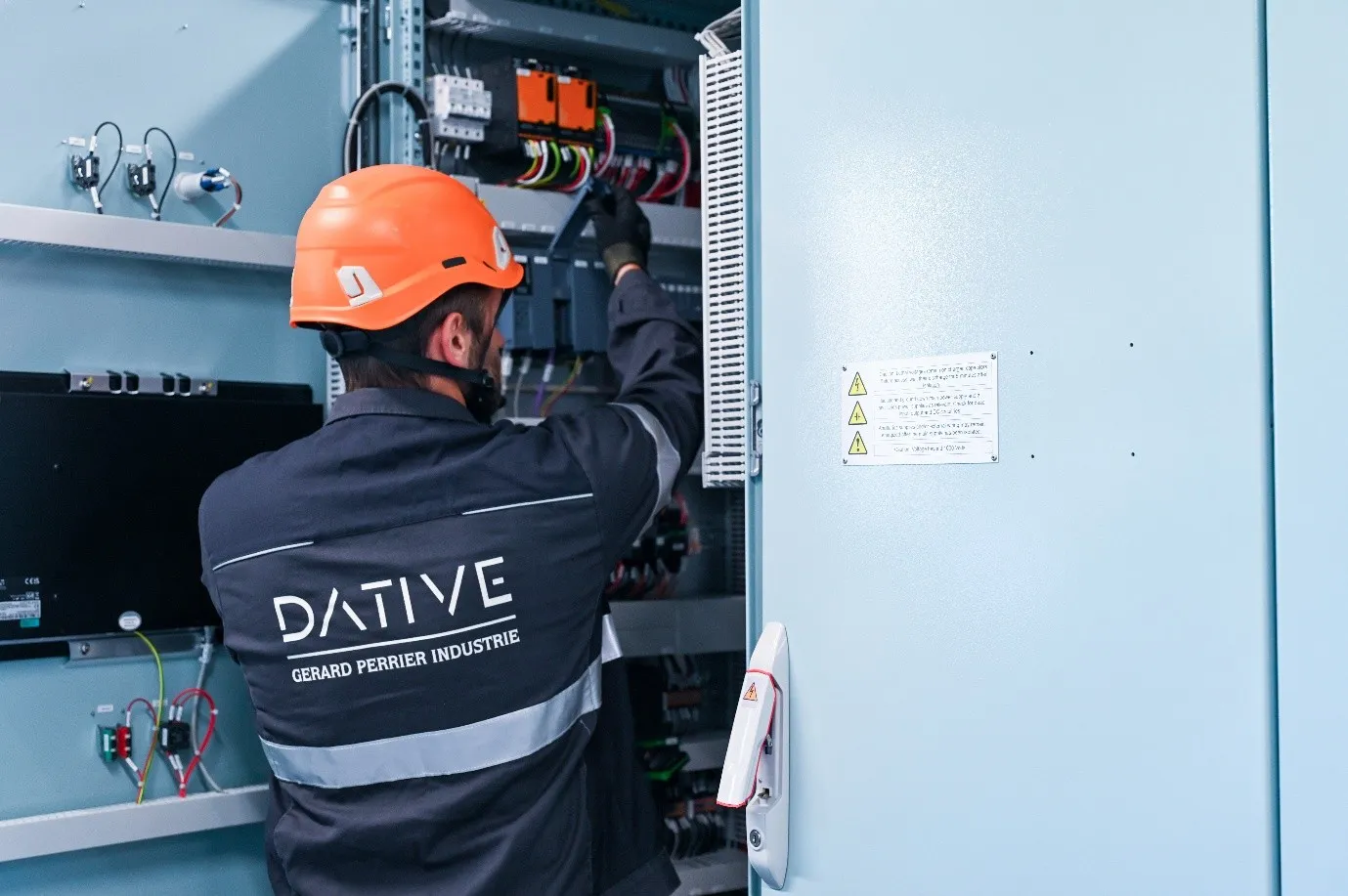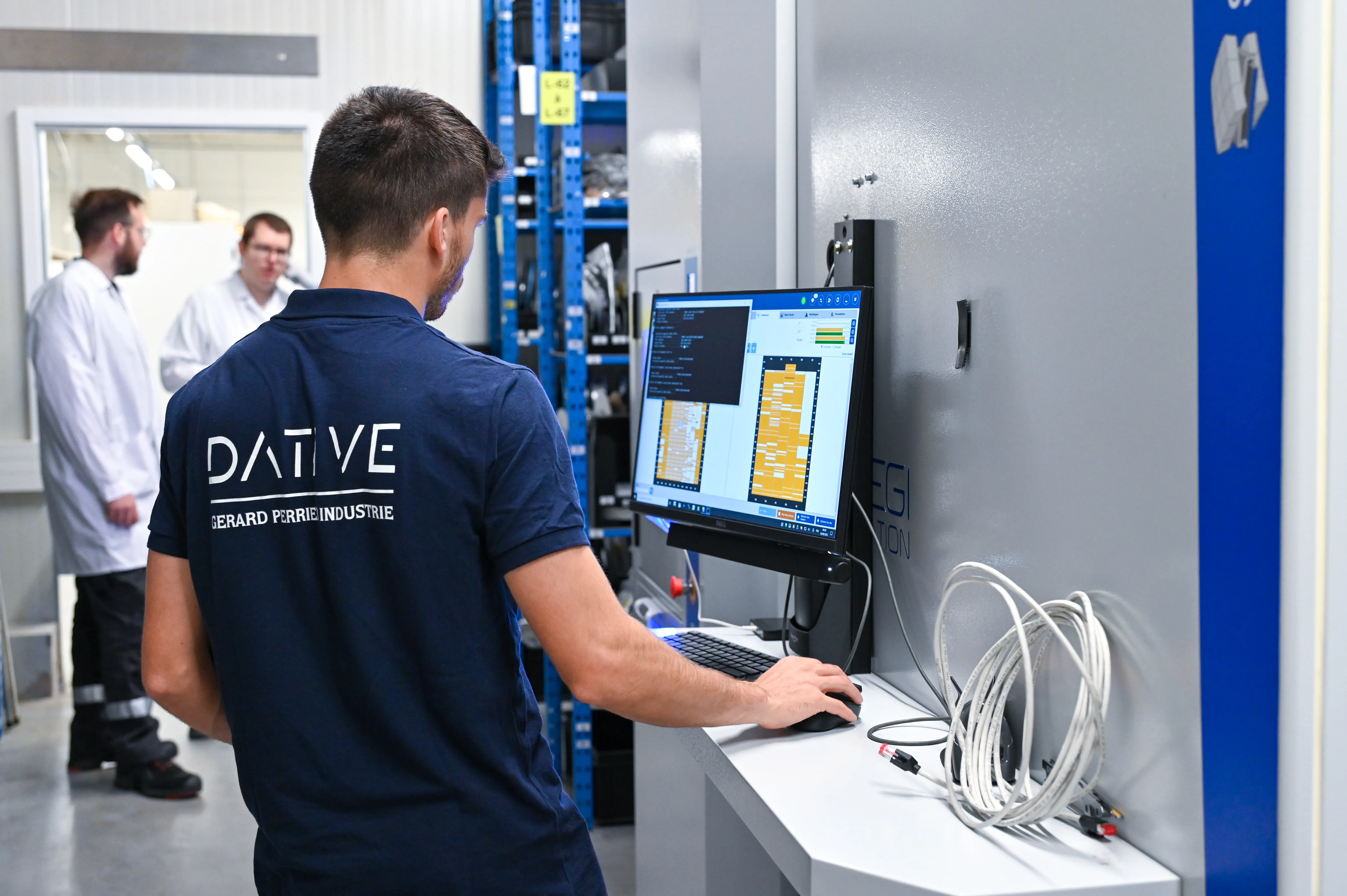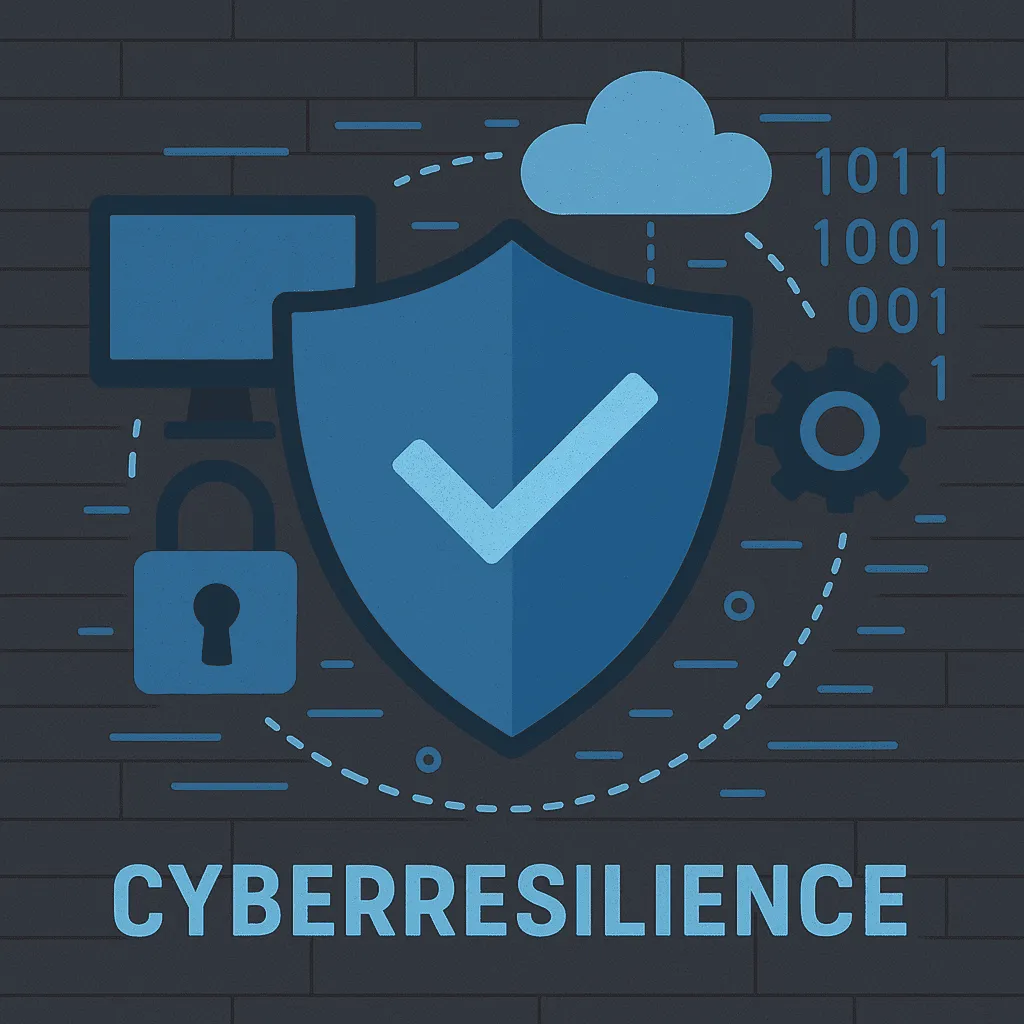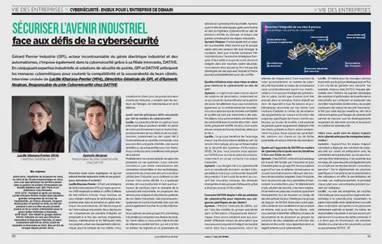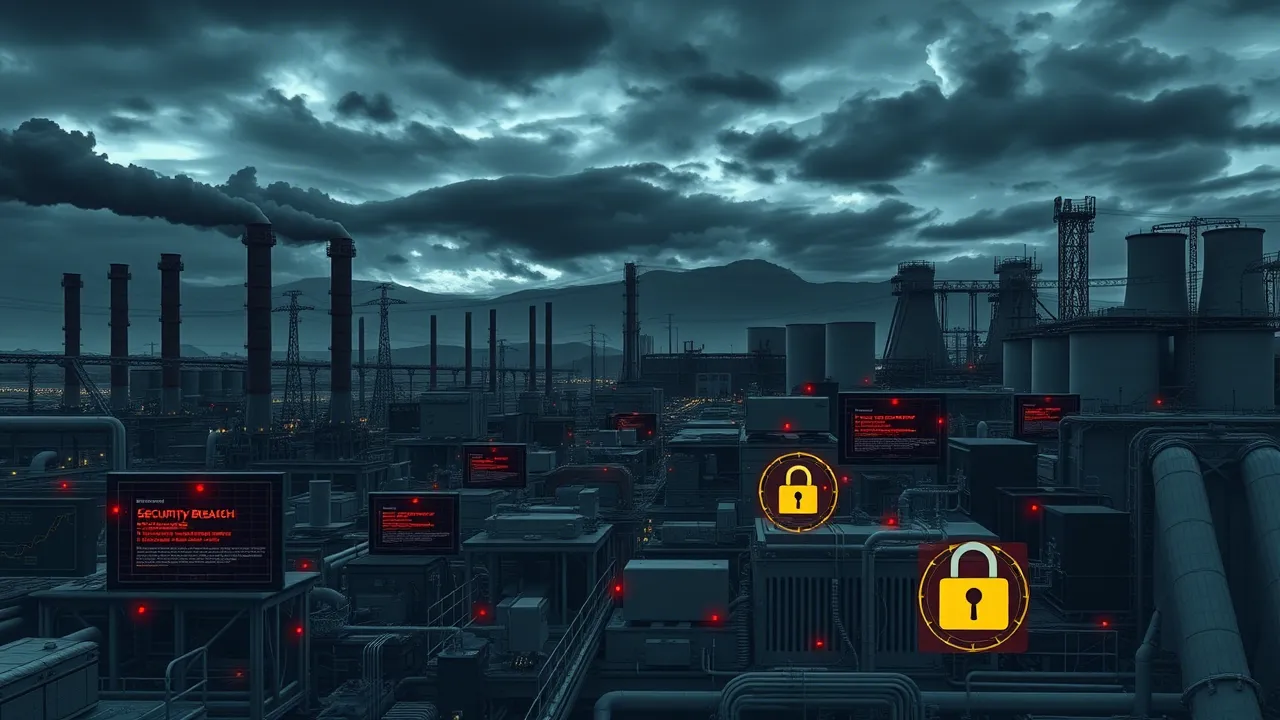
Industrial cyber security: identifying critical vulnerabilities in your infrastructure
In 2024, the industrial sector accounted for 29% of ransomware attacks worldwide. A statistic that illustrates the extent to which connected factories have become prime targets for cybercriminals. Whether opportunistic actors, organised groups or state threats, all are now exploiting technical and human vulnerabilities within industrial environments. Identifying and correcting vulnerabilities has therefore become a strategic priority.
What Is Vulnerability in Industrial Cybersecurity
A vulnerability in industrial cybersecurity is a weakness that an attacker can exploit to access or disrupt an OT system.
It can stem from hardware, software, networks, or even human practices. Historically isolated, OT systems are now interconnected with IT systems,
increasing the surface exposed to threats.
Attackers exploit these bridges to reach critical equipment through often overlooked weak points. Consequences may include:
- production shutdown,
- loss of sensitive data,
- physical damage
Some well-known attacks have caused millions in losses and paralyzed entire infrastructures. It is therefore crucial to identify each vulnerability in industrial cybersecurity to strengthen the overall security posture.
Vulnerability #1: Industrial Control Systems
Industrial Control Systems (ICS) are the backbone of production lines.
They monitor and automate industrial processes. However, they often rely on legacy technologies not designed with cybersecurity in mind.
These environments present many SCADA vulnerabilities, often invisible until a major incident occurs.
In this section, we highlight three common types of SCADA vulnerabilities.
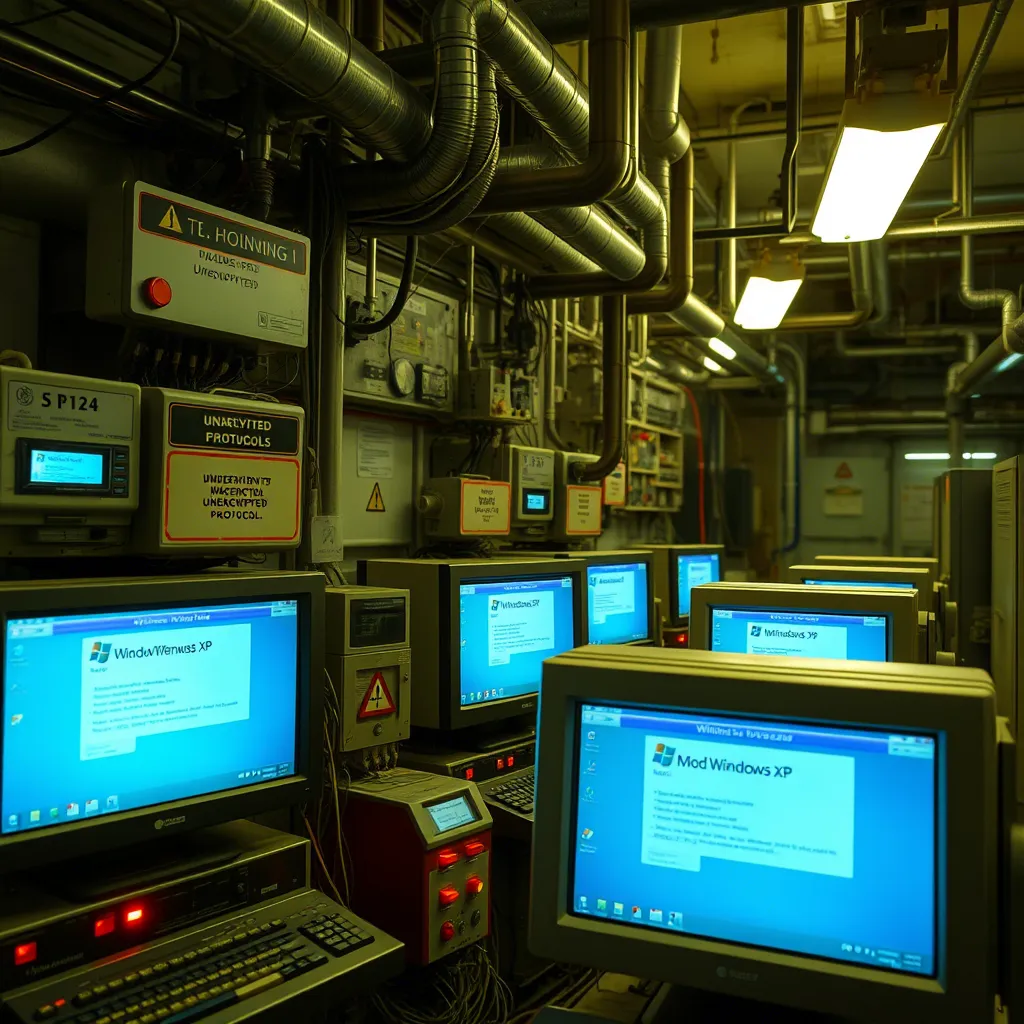
Unencrypted Protocols (Modbus, DNP3, OPC-UA without TLS)
Protocols like Modbus or DNP3 are still used unencrypted in many industrial environments. Data travels in plain text and is accessible to anyone intercepting network communications. This facilitates “Man-in-the-Middle” attacks or malicious command injections. Even OPC-UA can be deployed without TLS, creating a critical SCADA vulnerability in some cases. This SCADA vulnerability is especially dangerous in shared or unsegmented networks. Using secure protocol versions or encrypted VPN tunnels is an effective first step.
Configuration Flaws: Open Ports, Default Accounts
Industrial devices are often configured with default settings rarely changed after installation. Unused ports remain open, exposing control interfaces to internal or external networks. Default passwords may still be active—and sometimes even publicly documented by vendors. These misconfigurations are SCADA vulnerabilities easily exploited by attackers. A configuration audit can quickly fix these issues without heavy investments.
Reliance on Obsolete Systems (Windows XP, Unpatched Firmware)
Many industrial systems still run on Windows XP or other unsupported OS versions. These systems are no longer patched and have well-known industrial cybersecurity vulnerabilities. Some PLCs have firmware that has never been updated since installation. This makes systems vulnerable to attacks documented over a decade ago. Exploiting such SCADA vulnerabilities is easy for attackers with automated tools. It is crucial to plan firmware updates to supported systems.
Contact Dative to assess your industrial system's security.
Vulnerability #2: Poor OT/IT Network Segmentation
The boundary between IT and OT networks is often unclear or nonexistent. Without strict separation, a cyberattack can easily spread to industrial systems. Infection of a single office workstation can be enough to reach critical PLCs.
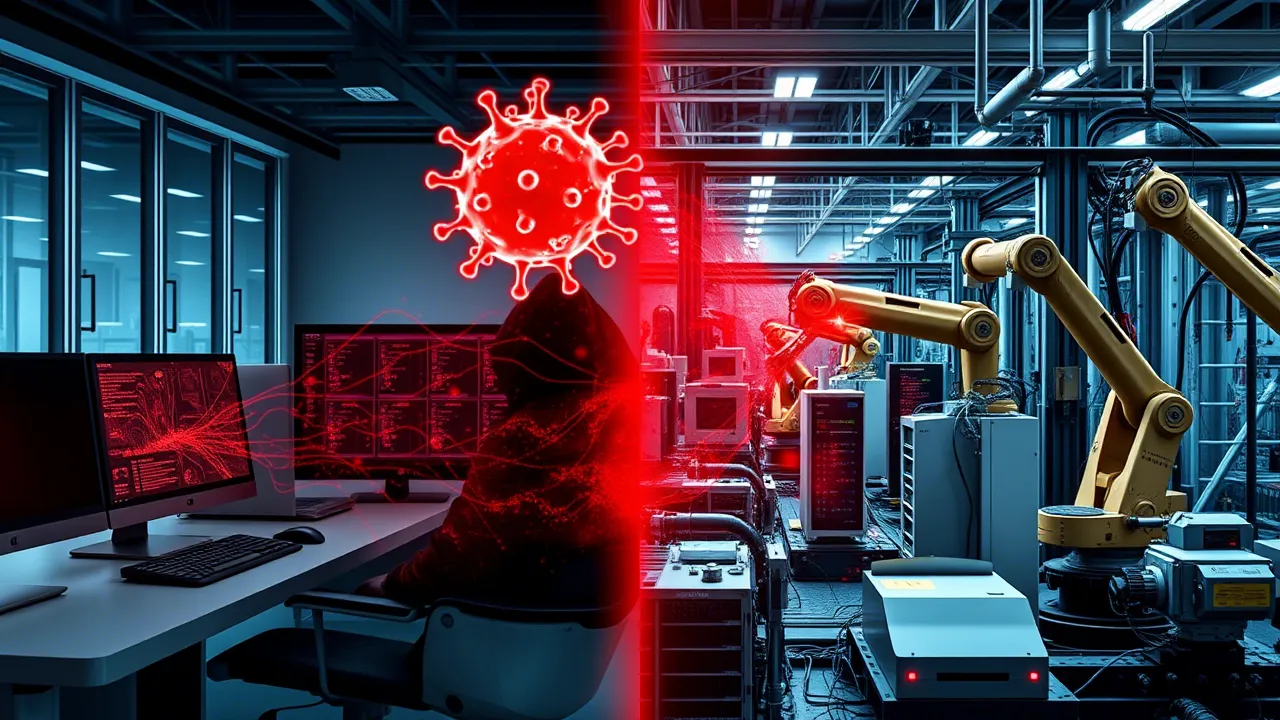
This lack of segmentation is an OT network vulnerability frequently exploited by attackers.
The consequences can be severe: production halts, loss of control, or destruction of physical assets.
Here are the most common OT network vulnerabilities observed in this context.
No Firewall or Lax Filtering Rules
In many plants, traffic between IT and OT networks is not filtered. Without dedicated firewalls, all flows circulate freely. Filtering rules are often too permissive, allowing unauthorized traffic. This OT network vulnerability can be resolved by installing firewalls specific to industrial environments. Active traffic monitoring and full event logging are also required.
Poor Switch Configuration
Industrial networks are sometimes configured without functional or geographical segmentation. A poorly structured network allows any device to access sensitive equipment. Misconfigured switches without segmentation rules amplify this OT network vulnerability.
Well-defined VLANs help isolate sensitive zones and limit lateral movement.
Centralized network equipment management is also recommended.
Direct PLC Access from Internet-Connected Machines
Some supervisory stations are connected both to the Internet and the industrial network. This creates a direct bridge between the two environments, exposing PLCs to external threats. These machines can become relay points for industrial malware like Industroyer or TRITON. This type of OT network vulnerability allows fast control takeover. Dedicated stations without Internet access should be used to interact with industrial equipment.
Contact our experts to secure your industrial network.
Vulnerability #3: Human Factor – Errors, Negligence, and Social Engineering
Even with secure systems, the human factor remains a critical source of vulnerabilities in industrial cybersecurity. Human error, poor practices, or social engineering are the root of many breaches. OT teams are not always trained in cybersecurity, which reinforces these human vulnerabilities.
Human vulnerabilities include mistakes, oversights, or psychological manipulation by attackers.
Even well-protected systems can be bypassed through human flaws. It's essential to adopt cybersecurity best practices adapted to the industrial context.

Use of Weak or Reused Passwords
Using weak or reused passwords across multiple devices is one of the most common human vulnerabilities. It’s still common to find credentials like "admin/admin" or "1234" on SCADA interfaces, routers, or HMI systems. These passwords are easy to guess and often found in public databases.
Worse, these credentials are sometimes written on sticky notes near screens in control rooms.
This behavior creates a direct breach in the system.
When one password is used for several services, attackers need only one entry point to access the entire OT network.
This human vulnerability can be corrected by enforcing strong password policies:
- Minimum complexity,
- Regular updates,
- Centralized management via a digital vault.
This must be supported by training efforts: operators must understand why these requirements exist and how they protect the production environment.
Lack of Cybersecurity Awareness Among OT Teams
OT technicians are experts in their equipment, but not always in cybersecurity. They may install unauthorized software or connect unverified devices. This creates unintentional but dangerous human vulnerabilities. Targeted training on specific industrial risks must be part of annual training programs.
Social Engineering Attacks Targeting Technicians or Engineers
Attackers use social engineering to gain access without brute force.
They impersonate contractors or send fake maintenance emails.
This type of industrial human vulnerability is extremely effective, especially without verification procedures.
Raising employee awareness helps detect and block these attempts early.
Conclusion
Industrial cybersecurity vulnerabilities are numerous and often underprotected.
They affect ICS systems, networks, and human operators alike.
Ignoring these risks exposes industrial infrastructure to destructive attacks.
To protect yourself, it's essential to fix existing flaws and anticipate future challenges in the industry.
This includes regular audits, tech monitoring, and continuous OT team training.
Strengthening industrial cybersecurity ensures resilience, productivity, and company safety.
Don't let an unpatched vulnerability become the entry point for a cyberattack. Contact Dative today.


